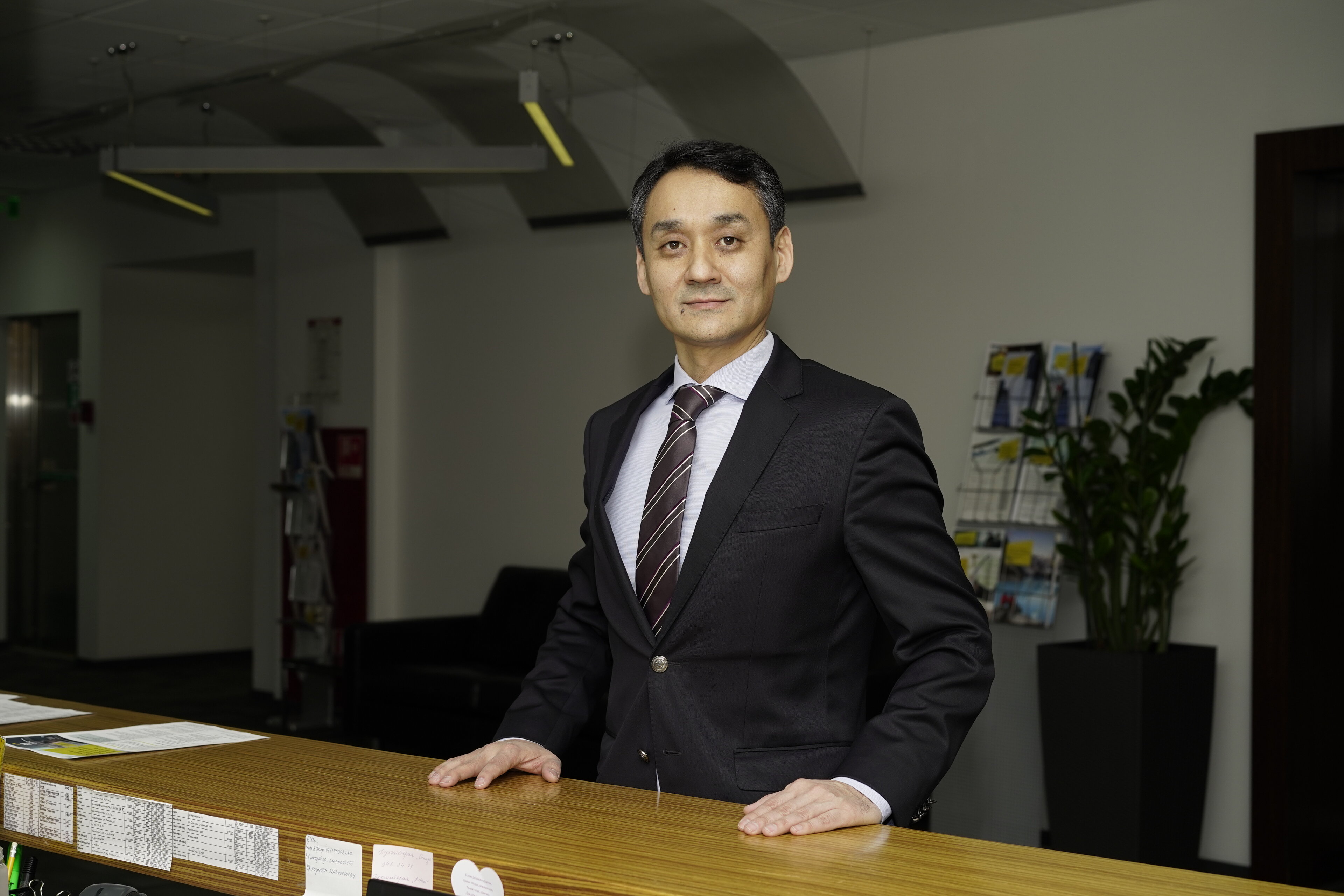EY refers to the global organization, and may refer to one or more, of the member firms of Ernst & Young Global Limited, each of which is a separate legal entity. Ernst & Young Global Limited, a UK company limited by guarantee, does not provide services to clients.

The Trans-Caspian International Transport Route (TITR) is an integral component of the Belt and Road Initiative, established to create a direct transportation link from Asia to Europe.
The Trans-Caspian International Transport Route starts from Southeast Asia and China, runs through Kazakhstan, the Caspian sea, Azerbaijan, Georgia and further to European countries. It aims to facilitate trade and economic cooperation by connecting major economic regions through a network of railways, highways, and maritime routes.

The Middle Corridor faces challenges in terms of cost and efficiency, with longer transit times compared to the Northern route
Trade Volume
- The current potential of the Middle Corridor equaled to 80,000 twenty-foot equivalent (TEU)
- The volume of container traffic was 33,000 TEU containers in 2022
- According to European Bank for Reconstruction and Development (EBRD) analysis, the transit container volume could rise to 130,000 TEUs in 2040 with related infrastructure investments
Infrastructure Investment
- EBRD estimates that approximately 18.5 billion euros in investment is needed for the projects in Central Asia, highlighting the significant scale and potential impact
Cost Efficiency
- According the World Bank analysis, the price for transportation of one FEU container between China and Europe via the Middle Corridor can vary from US$2,500 to US$3,250
- It’s less competitive than the Eurasian Northern Corridor via Russia where transport costs are presently about US$2,599 eastbound and US$3,121 westbound
- In comparison, the Maritime route would be the cheapest, ranging from $1,500 to $2,000 but the most time consuming logistic chain with the average time of 28 to 40 days
Transit Time
- The transit time along the TITR was reduced from 38-53 days to 18–23 days. It is planning to reduce this period to 14–18 days in 2024, including within the territory of Kazakhstan — from 6 to 5 days
- The greatest delays in the route are associated with intermodal transfers of goods in ports and insufficient capacity on specific railway sections
- In comparison, the Eurasian Northern route, which includes the Trans-Siberian Railway as part of its route, requires approximately 19 days to traverse between East Asia and Europe
Strategic investments and international cooperation are key to unlocking the Middle corridor's full potential
Strengths
Strategic Location: Serves as a bridge between Asia and Europe, providing an important link for international trade
Diversification: Offers an alternative route for businesses looking to reduce dependency on traditional routes through Russia, enhancing resilience in supply chains
Growing Market: Benefits from the rising trade volumes between Asia and Europe
Support from Governments: Receives strong political and financial backing from the countries involved
Weaknesses
Complex Logistics: The requirement for multimodal transfers can add layers of complexity and potential delays
Infrastructure Limitations: Existing infrastructure may need upgrading or expansion to handle increased traffic efficiently
Regulatory Hurdles: Varied legal and administrative frameworks across countries can complicate operations
Financial Constraints: High initial investment costs for infrastructure development could be a barrier
Operational Efficiency: Differences in railway gauge sizes and customs procedures can reduce the speed of cargo transit
Opportunities
Infrastructure Development: Scope for significant investments in rail, road, and port infrastructure to improve capacity and efficiency
Trade Growth: Increasing demand for faster and more reliable trade routes between Asia and Europe
Economic Initiatives: Potential to align with economic development initiatives in participant countries, attracting further investments
Shift in Trade Patterns: Geopolitical shifts and the need for supply chain diversification post-pandemic may increase the route’s relevance
Threats
Geopolitical Tensions: Political instability in the region could jeopardize the safety and continuity of operations
Competition: Other routes, particularly the Northern Corridor, remain strong competitors
Economic Fluctuations: Global economic downturns could reduce trade volumes, affecting the corridor's viability
Environmental Concerns: Increasing scrutiny on transportation’s environmental impact could lead to stricter regulations and additional operational costs
Kazakhstan Stakeholder Map of the Middle Corridor
Authors:
- Amangeldy Mussayev, Partner, Strategy & Transactions
- Zhansaya Ichshanova, Manager, Strategy & Transactions
Summary
Trans-Caspian International Transport Route (The Middle Corridor) presents a significant opportunity for enhancing trade between Asia and Europe. However, its success depends on the collaborative efforts of the countries involved, infrastructure development, and the ability to overcome logistical and geopolitical challenges. Stakeholder map provides a foundational understanding of the diverse interests and contributions necessary to develop the Middle Corridor. Unlocking the full potential of the Middle Corridor requires strategic collaboration among key stakeholders.



